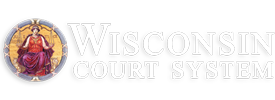Self-help law center

Restraining orders
Forms assistant
The forms assistant can assist you in electronically filling out a petition for restraining order for domestic abuse or harassment. You will be asked a series of questions in an interview, and your answers will automatically be entered on the restraining order petition, also known as a petition for injunction/temporary restraining order. A confidential address information sheet will also be generated; this form must be filed with the petition.
Types of restraining orders
Wisconsin has four different types of restraining orders, each with different rules relating to who can file and what type of conduct must be alleged:
Domestic abuse. Domestic abuse may occur between adult family or household members, by an adult caregiver against an adult who is under the caregiver's care, between former spouses, between adults who have or had a dating relationship, or between adults who have a child together. As described in Wisconsin Stat. § 813.12(1)(am) (external), types of behavior that constitute domestic abuse include:
- intentional infliction of physical pain or injury;
- intentional impairment of a physical condition;
- sexual assault;
- stalking;
- intentional damage to physical property belonging to the petitioner; or
- a threat to engage in the conduct of any of these behaviors.
Harassment. The definition of harassment is much broader than that of domestic abuse. Behavior considered harassment under Wisconsin law includes:
- striking,
- shoving,
- kicking,
- other physical contact,
- child abuse,
- sexual assault,
- stalking,
- threats or attempts to do any of these, or
- conduct or acts that harass or intimidate another person, which serve no legitimate purpose.
Child abuse. Under Wisconsin law, behavior that qualifies as child abuse includes, but is not limited to:
- causing physical injury to a child,
- trafficking a child,
- sexual assault or exploitation of a child,
- manufacturing methamphetamine when a child is present, or
- causing emotional damage to a child because of neglect.
Individual at risk. An individual at risk is an adult with a physical or mental condition that substantially impairs the ability to care for his/her needs, OR an elder over 60, who is experiencing or at risk of experiencing the following behavior:
- physical abuse
- sexual abuse
- emotional abuse
- financial exploitation
- neglect
- self-neglect
- treatment without consent
- unreasonable confinement or restraint
- harassment
- interfering with the delivery of protective services
Resources
For a list of additional resources visit (external links):

